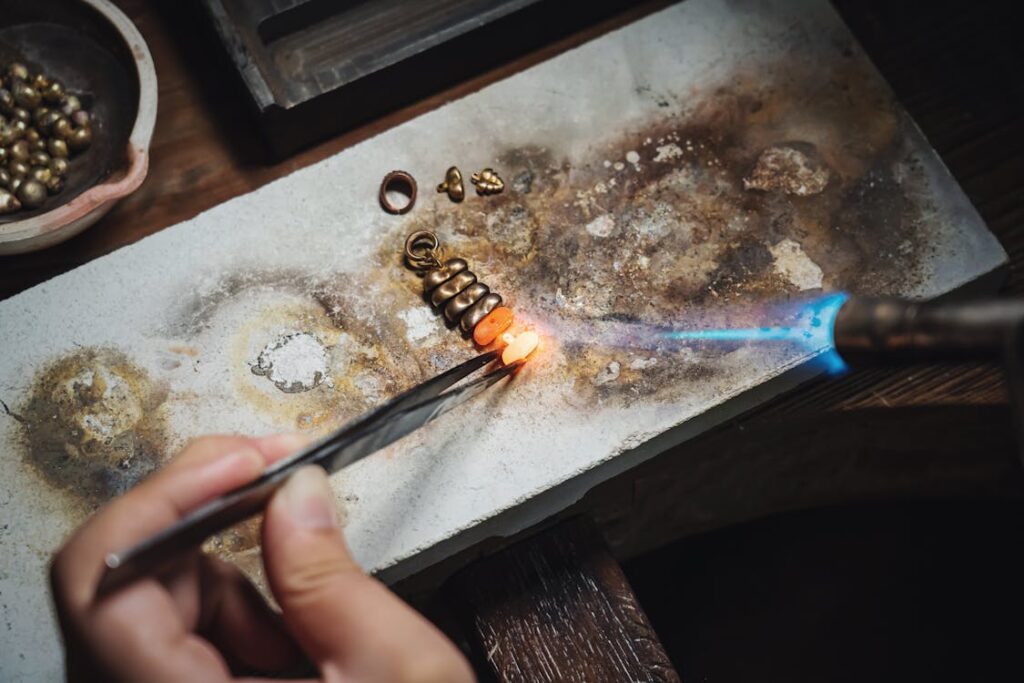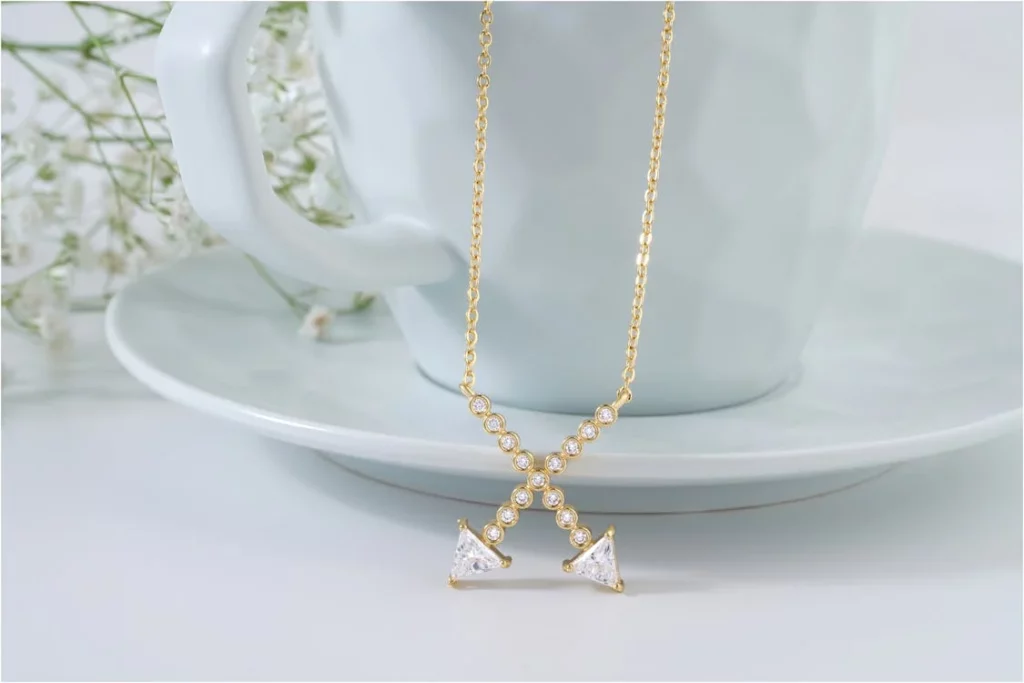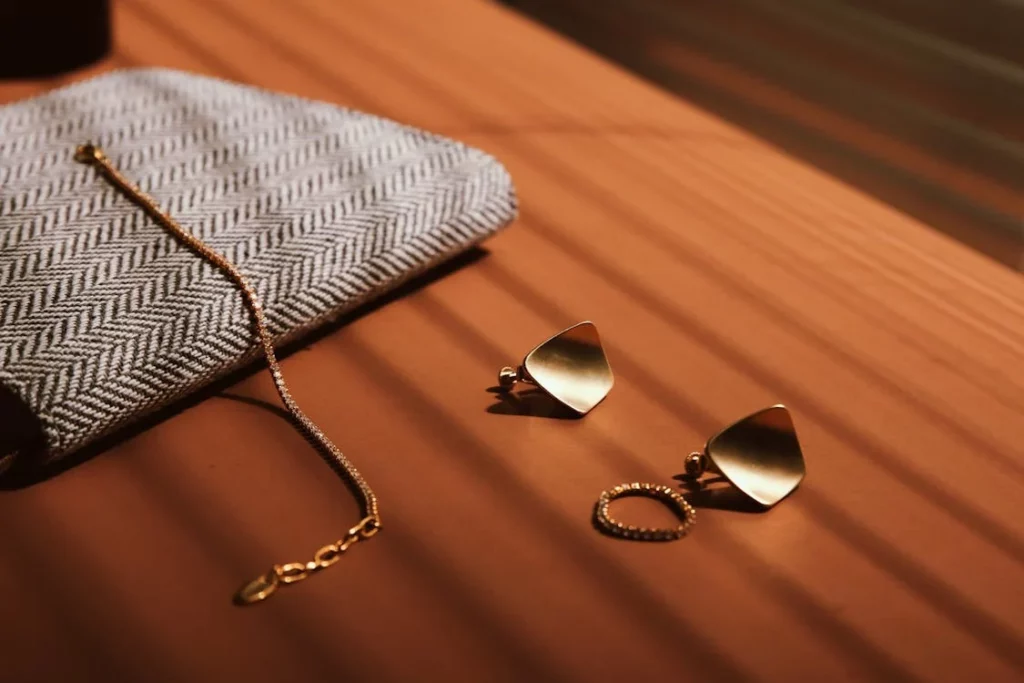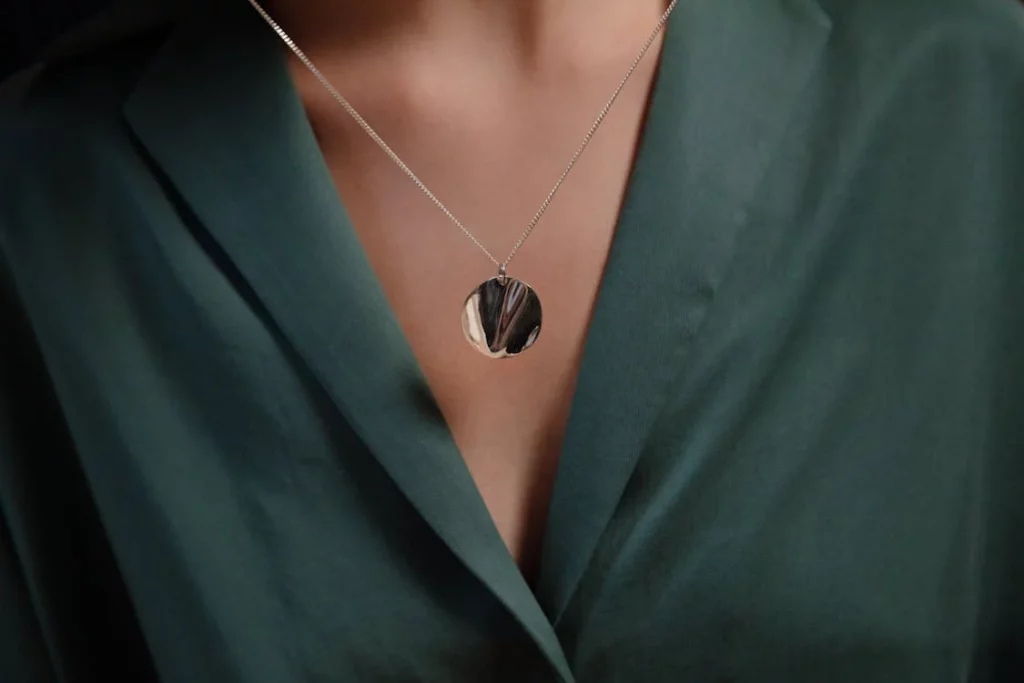Ever wondered what goes into crafting those stunning pieces of stainless steel jewelry you see? Such timeless accessories involve a meticulous process, blending artistry with advanced technology. Understanding how to make steel jewelry can give you a deeper appreciation for the craftsmanship behind each piece. This article takes you on a factory tour, unveiling the secrets of transforming raw stainless steel into beautiful, durable jewelry. From design to polishing, every step is crucial in ensuring the final product is as captivating as it is resilient.
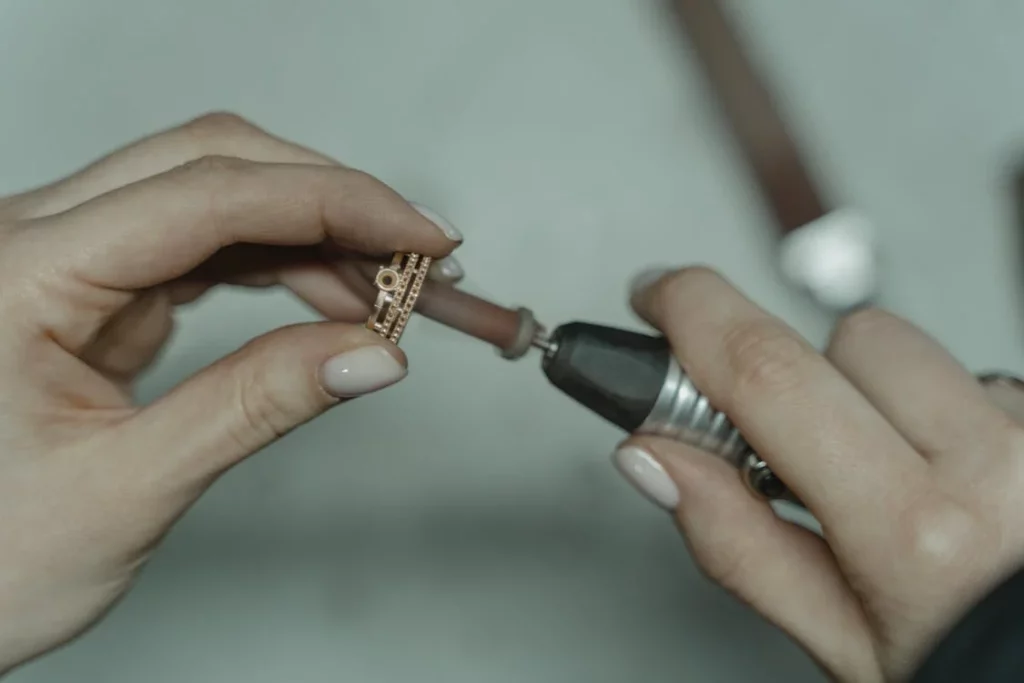
The Basics of Stainless Steel Jewelry
Stainless steel jewelry, also known as stainless steel replica jewelry, has become a popular choice for many due to its unique properties and aesthetic appeal. The fundamental aspects of this material can enhance your appreciation for these exquisite pieces. Let’s delve into what makes stainless steel so special and why it’s an ideal choice for jewelry.
Elements in Stainless Steel
Stainless steel is an alloy predominantly composed of iron, carbon, and chromium. Each element plays a crucial role in defining its properties:
- Iron (Fe): The primary component, iron gives stainless steel its fundamental strength and malleability. It forms the base upon which other elements are added.
- Carbon (C): Carbon is added in small amounts (up to 1.2%) to enhance hardness and strength. It allows the steel to be heat-treated, further improving its mechanical properties.
- Chromium (Cr): Typically present in concentrations of at least 10.5%, chromium is what gives stainless steel its ‘stainless’ quality. It reacts with oxygen to form a thin, invisible layer of chromium oxide on the surface, which prevents corrosion and rust. The higher the chromium content, the greater the corrosion resistance.
- Nickel (Ni): Often added to enhance toughness and ductility, nickel also contributes to the alloy’s corrosion resistance. Grades like 304 and 316 stainless steel contain significant amounts of nickel, making them more resistant to oxidation and corrosion.
- Molybdenum (Mo): Present in some stainless steels, molybdenum enhances resistance to pitting and crevice corrosion, particularly in chloride environments. This makes it ideal for marine applications and highly corrosive conditions.
- Titanium (Ti): Occasionally added to stabilize the structure, titanium prevents the formation of chromium carbides during welding. This helps in maintaining corrosion resistance and improves the overall strength of the alloy.
- Manganese (Mn): Used to improve strength and toughness, manganese also helps in removing oxygen and sulfur impurities from the steel during production.
- Silicon (Si): Added in small quantities, silicon increases strength and also helps in the deoxidation process during manufacturing.
The precise blend of these elements determines the specific grade of stainless steel, each tailored for particular applications. For jewelry, 316L stainless steel is often preferred due to its superior corrosion resistance, excellent durability, and hypoallergenic properties. This grade, sometimes referred to as surgical steel, maintains a high polish and is less likely to cause skin irritation, making it ideal for body jewelry and pieces worn daily.
Why Stainless Steel is Ideal for Jewelry?
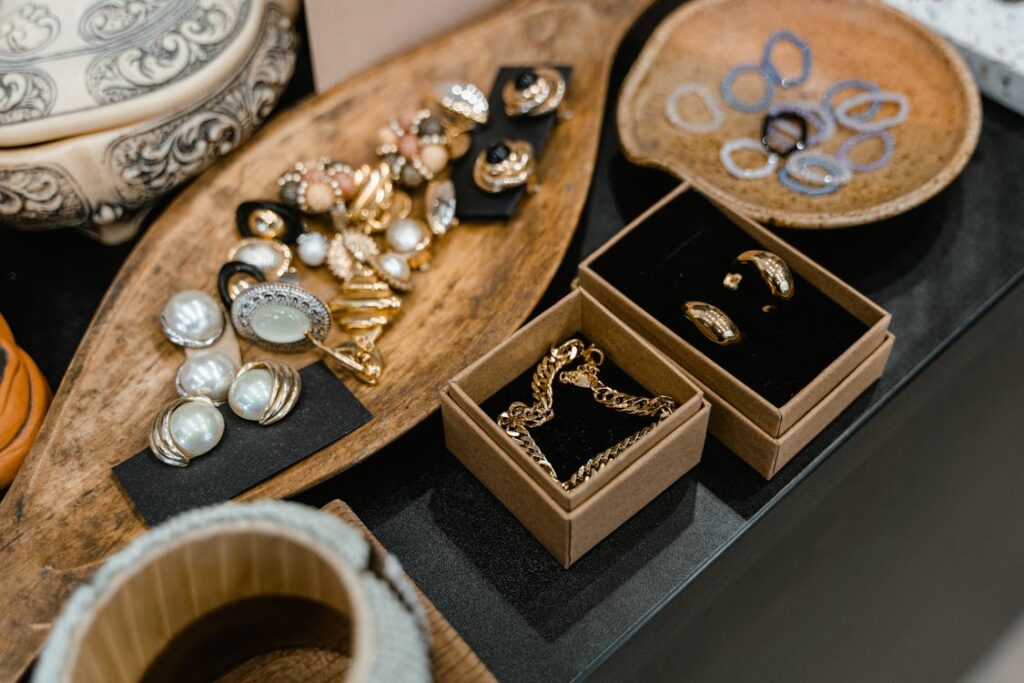
Several characteristics make stainless steel an excellent choice for jewelry. Here are several reasons to tell why stainless steel jewelry is recommended:
- Durability: Stainless steel is highly resistant to scratches, dents, and deformation, making it perfect for daily wear and tear.
- Corrosion Resistance: The chromium content in stainless steel forms a protective layer, preventing rust and tarnish even when exposed to moisture and air.
- Hypoallergenic: Stainless steel is suitable for individuals with sensitive skin, as it is unlikely to cause allergic reactions or irritation.
- Low Maintenance: Unlike other metals that require frequent polishing, stainless steel maintains its luster with minimal care. Occasional cleaning is enough to keep it looking pristine.
- Affordability: Stainless steel offers a cost-effective alternative to precious metals like gold and platinum, providing a luxurious appearance at a fraction of the price.
- Versatility in Design: Its strength allows for intricate detailing and various finishes, from high polish to matte, enabling the creation of both classic and contemporary jewelry pieces.
- Environmentally Friendly: Stainless steel is 100% recyclable, making it a sustainable choice for eco-conscious consumers.
- Non-reactive: It does not react with body oils, lotions, or other substances, ensuring that the jewelry retains its appearance and does not discolor over time.
How to Make Stainless Steel Jewelry? Making Tutorial
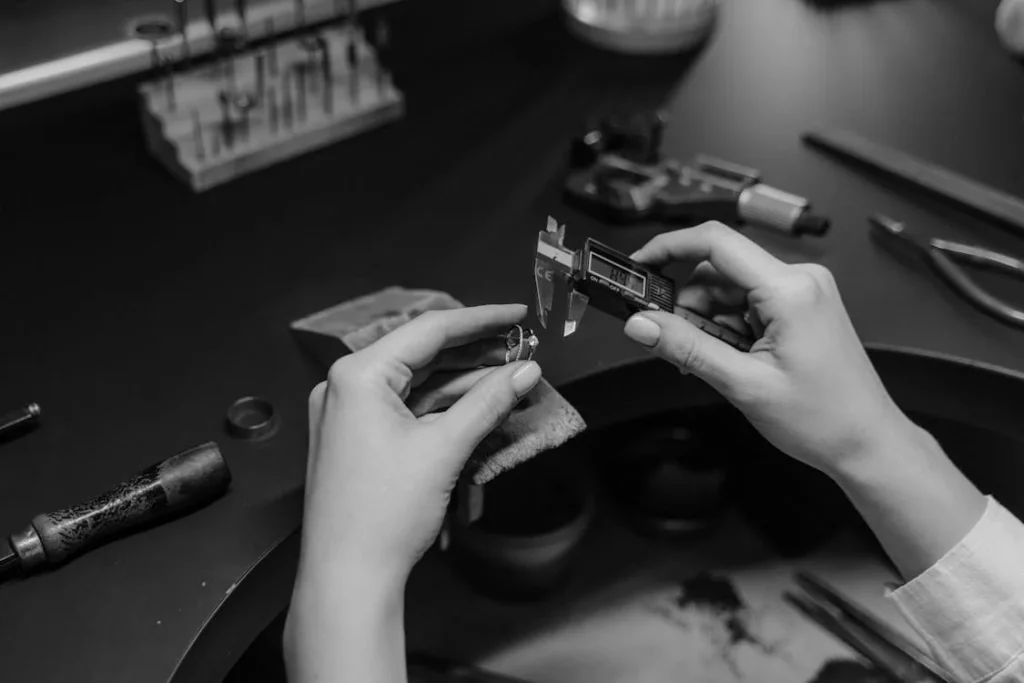
At a stainless steel jewelry factory, the creation process is a blend of sophisticated technology and skilled craftsmanship. Each step, from the initial design to the final polish, is crucial in producing beautiful, durable jewelry. Here’s a step-by-step process on how to make stainless steel jewelry, ensuring every piece meets the highest standards of quality.
Design
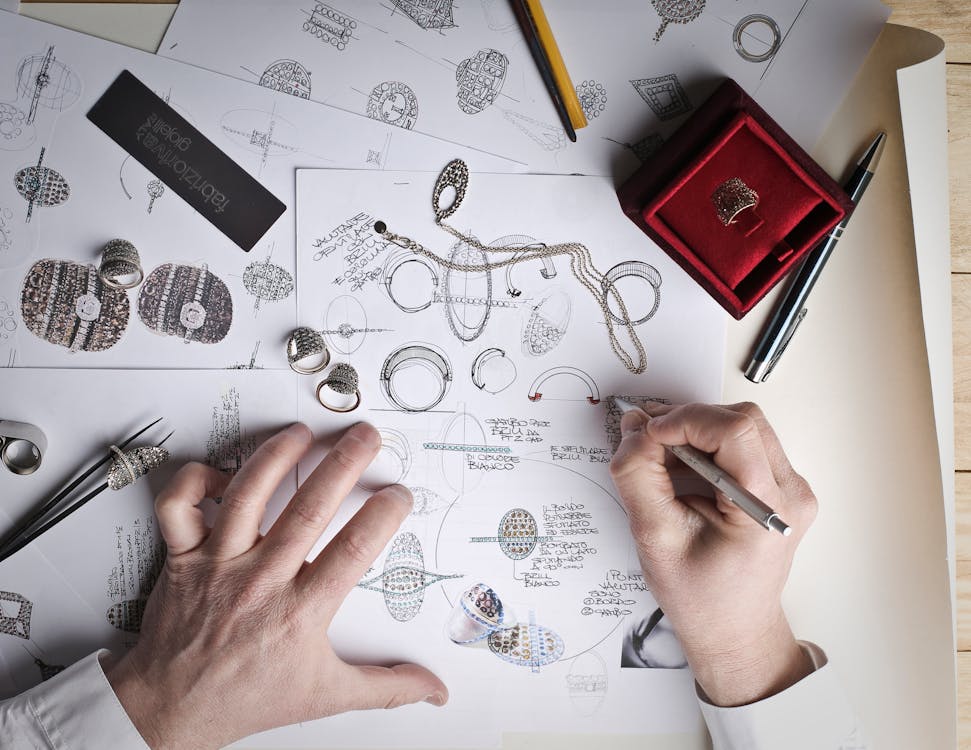
Design is the first and most critical step in the creation of stainless steel jewelry. The process starts with conceptualizing the design, which involves sketching and detailing the desired jewelry piece. With CAD (Computer-Aided Design) software, custom stainless steel jewelry manufacturers can create intricate 3D models. This allows for precision and the ability to make modifications easily.
- Note: It is essential to pay close attention to proportions and details at this stage.
Raw Material Selection
The stainless steel is typically provided in sheets or bars, which are then cut to size based on the design specifications. For jewelry, 316L stainless steel is often preferred due to its superior corrosion resistance, waterproof anti-tarnish, and hypoallergenic properties. This grade is also known as surgical steel, which ensures the jewelry remains durable and safe for all skin types. When selecting raw materials, ensure they are sourced from reputable suppliers to guarantee quality.
Cutting the Stainless Steel
The next step involves cutting the stainless steel into the required shapes and sizes. Precision is key here. Advanced techniques such as laser cutting or CNC (Computer Numerical Control) machining are employed.
- Laser cutting offers precision, allowing for intricate designs without compromising the integrity of the material.
- CNC machining ensures uniformity and accuracy, which is essential for creating consistent pieces, especially in larger stainless steel replica jewelry wholesale production runs.
Shaping and Forming
After cutting, the stainless steel pieces are shaped and formed. This involves bending, hammering, and molding the metal to achieve the desired contours and structures. Skilled artisans use various tools, including anvils, mandrels, and specialized hammers. Plus, hydraulic presses and rolling mills may be employed for more complex shapes to ensure uniformity and precision. Care must be taken to avoid overworking the metal, which can cause stress fractures or weaken the structure.
- Note: when you bend, hammer, and mold, you should draw your attention to the following situations and pitfalls:
Bending:
- Thicker materials require more force to bend, which can lead to stress fractures if not done correctly.
- The bending radius is not too tight, as this can cause cracking along the bend. A larger radius can help distribute stress more evenly
- Stainless steel tends to spring back slightly after bending. Overbending by a small margin can compensate for this, ensuring the final shape is as intended.
Hammer:
- A rawhide or rubber mallet is ideal for shaping without marring the surface, while a steel hammer can be used for more detailed work.
- To avoid damaging the surface, place a protective layer (such as a leather or rubber pad) between the metal and the anvil.
- Hammering can cause the metal to work-harden, making it brittle. It’s important to periodically anneal (heat and cool) the metal to restore its ductility.
Molding:
- Molding can sometimes require heat to make the metal more pliable. Avoid overheating, which can weaken the metal.
- The design of the mold should account for the metal’s shrinkage and expansion during the cooling process.
- The mold design avoids sharp corners or thin sections that can create stress concentrations, possibly leading to fractures or weak points.
Soldering
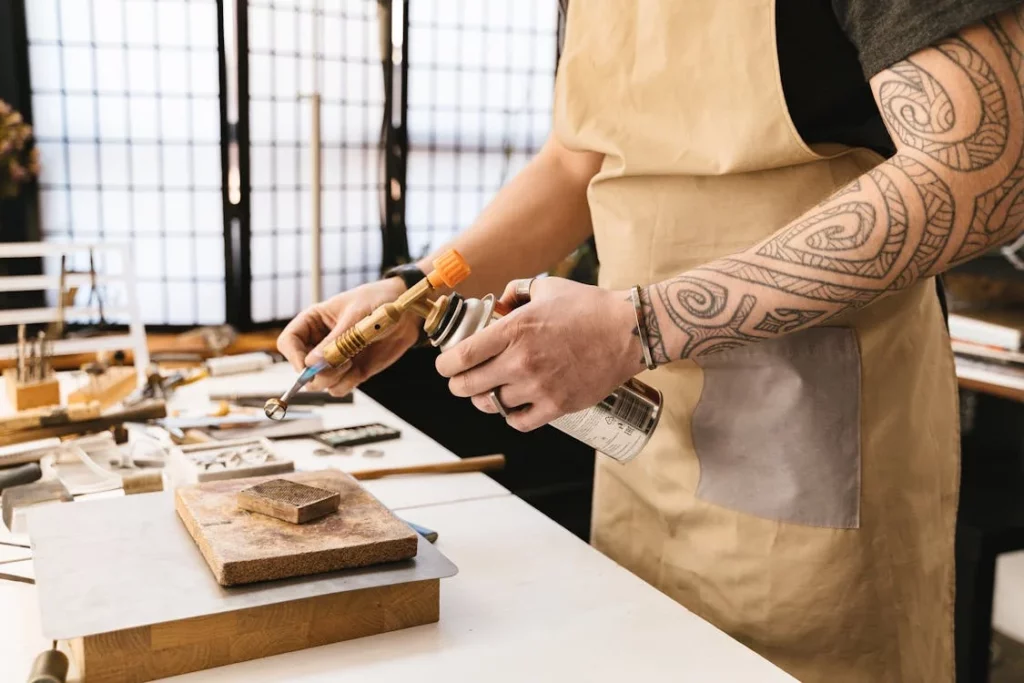
Soldering is a critical step in assembling the jewelry. This process involves joining different components using a filler metal with a lower melting point. High-temperature torches are used to melt the solder, creating strong, seamless joints. Plus, precision is paramount, as improper soldering can weaken the structure. It’s also important to use the correct type of solder for stainless steel to avoid corrosion issues later on.
- Silver Solder
- Composition: Silver solder, also known as argentium solder, typically contains silver, copper, and a small amount of other metals. It is highly compatible with stainless steel due to its similar thermal properties and melting point.
- Types: Silver solder comes in various grades, including hard, medium, and easy. For stainless steel, the medium or easy grade is often preferred as it has a lower melting point and is less likely to affect the integrity of the stainless steel.
- Advantages: Silver solder provides strong, durable joints and matches the appearance of stainless steel, which helps maintain a uniform look. It also offers excellent resistance to corrosion and tarnish.
- Stainless Steel Solder
- Composition: Stainless steel solder is specifically designed to match the properties of stainless steel, often containing a mix of stainless steel powder and flux. It is formulated to work with stainless steel without compromising its corrosion resistance.
- Types: Available in various formulations, including those with different melting points to suit various applications. Stainless steel solder is typically used in high-precision or professional settings.
- Advantages: It ensures compatibility with stainless steel and maintains the material’s corrosion resistance. It is ideal for high-quality, professional jewelry making.
- Flux
- Composition: Flux is used alongside solder to clean the metal surfaces and facilitate the flow of solder. For stainless steel, a flux specifically formulated for stainless steel should be used.
- Types: Common flux types include rosin-based or acid-based flux. Acid-based flux is effective for stainless steel but must be thoroughly cleaned off after soldering to prevent any potential corrosion.
- Advantages: Proper flux helps ensure a clean bond between the solder and stainless steel, resulting in a stronger joint.
Filing and Sanding
After soldering, the jewelry pieces require meticulous filing and sanding to smooth out rough edges and remove excess solder. Various grades of files and sandpaper are used, starting from coarse to fine, to gradually refine the surface. This step is crucial for achieving a polished finish. Besides, it’s important to work systematically and check the progress frequently to ensure an even surface.
- Note: Proper ventilation and protective gear should be used to avoid inhaling any metal dust.
Polishing
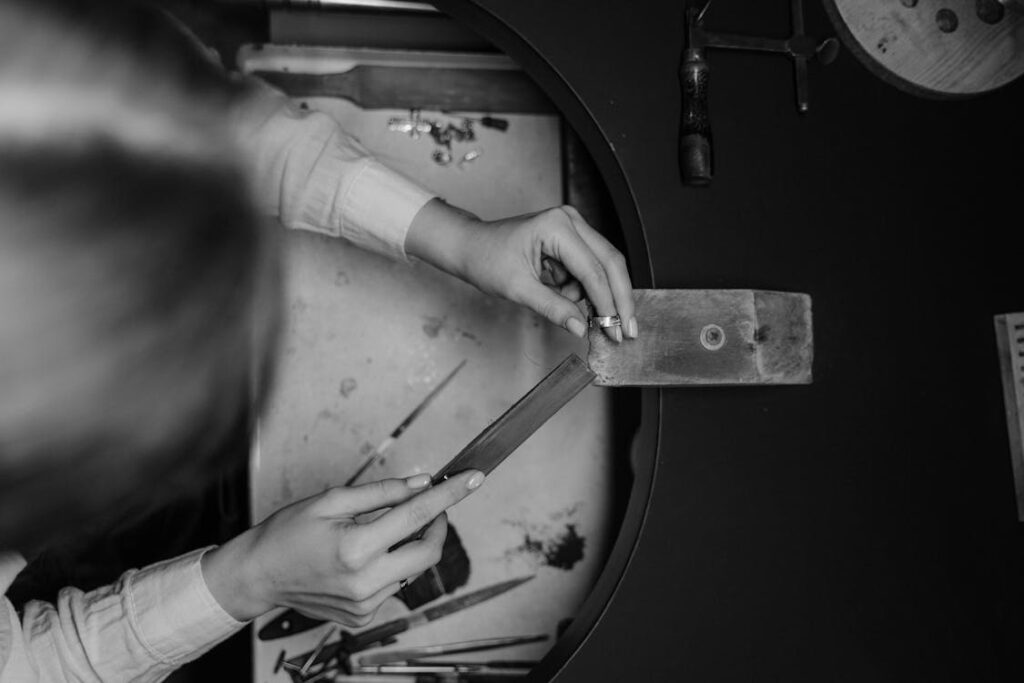
Polishing stainless steel jewelry is a critical step that enhances its visual appeal and smoothness. Here’s how to approach the polishing process and what to watch out for:
- Initial Cleaning: Before polishing, ensure the jewelry is thoroughly cleaned to remove any debris, dust, or residues from previous stages. This can be done using ultrasonic cleaners or mild cleaning solutions.
- Buffing Wheels: You may use buffing wheels fitted on a polishing machine. Start with a coarser wheel and gradually move to finer ones. This method helps remove scratches and achieves a smooth surface.
- Polishing Compounds: You may apply appropriate polishing compounds, such as rouge or metal polish, to the buffing wheels. Then apply it evenly and work it into the metal in a consistent manner.
- Techniques: You may use a gentle, consistent motion when polishing. Avoid pressing too hard on the jewelry as this can cause uneven polishing or distort the shape.
Note: Polishing generates heat, which can affect the metal’s properties. Avoid overheating by using intermittent polishing and allowing the jewelry to cool down if necessary.
Finishing Touches
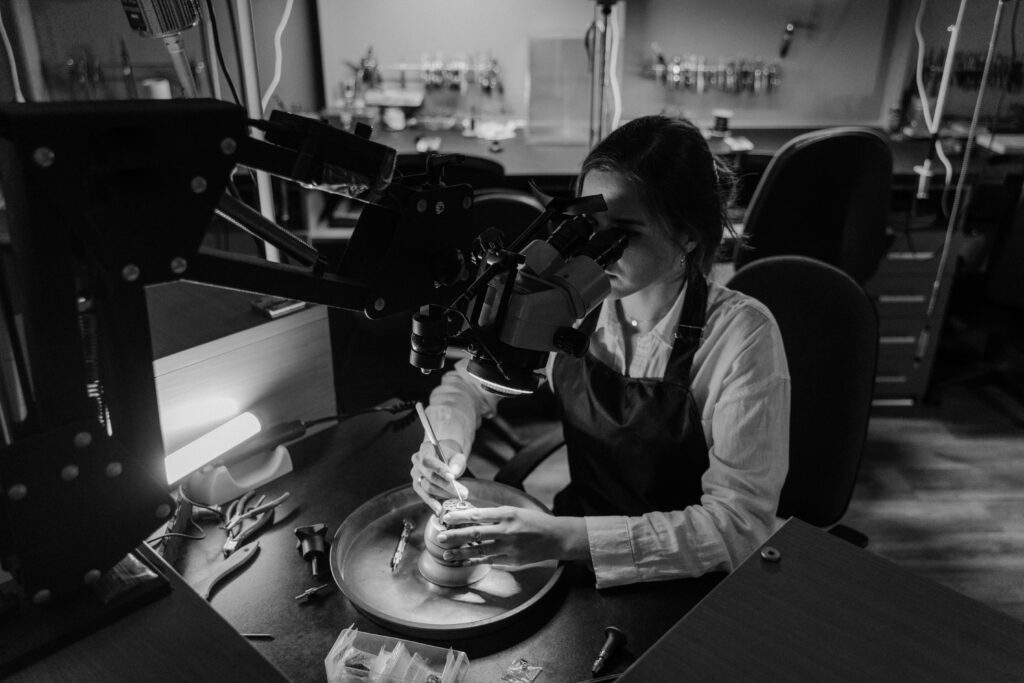
The final stage involves adding any additional elements that complete the jewelry. This could include setting gemstones, applying engravings, or adding protective coatings. Finishing touches add personality and uniqueness to each piece, making it a true work of art. Quality control checks are essential at this stage to ensure every piece meets the desired specifications and standards.
How to Make Stainless Steel Jewelry Shiny? Easy Tips
Achieving a brilliant shine on stainless steel jewelry enhances its visual appeal and ensures a polished, professional look. Here are some easy tips to make your stainless steel jewelry shine:
- Clean your stainless steel jewelry regularly with a mild soap solution and a soft cloth designed for stainless steel to remove dirt, oils, tarnishes, and residues that can dull its shine.
- For a deeper shine, apply a polishing compound specifically for stainless steel with a soft cloth or buffing wheel to achieve a high-gloss finish.
- Avoid using harsh chemicals or abrasive materials that can scratch or dull the surface of your stainless steel jewelry.
- For intricate designs, use a soft-bristled brush to reach tight spaces and ensure every part of the jewelry is cleaned and polished evenly.
- After cleaning and polishing, dry the jewelry thoroughly with a lint-free cloth to prevent water spots and maintain its shine.
- Store your jewelry in a dry, clean place, and use anti-tarnish pouches or cloths to protect it from tarnishing and keep its shine intact.
How Durable Is Stainless Steel Jewelry?
It is highly resistant to scratches, tarnishing, and corrosion, making it an excellent choice for everyday wear. Its strength ensures that it maintains its shape and appearance over time, even with regular use. Unlike other metals, stainless steel does not easily bend or deform, offering long-lasting resilience and reliability.
How Long Does Stainless Steel Jewelry Last?
Stainless steel jewelry is designed for long-term durability, often lasting several decades or even lifelong with proper care. Unlike precious metals that may require frequent polishing or replating, stainless steel retains its shine and structural integrity with minimal maintenance. Factors such as exposure to harsh chemicals and physical wear can affect its lifespan, but generally, stainless steel jewelry remains a timeless and enduring choice.
Conclusion
The art of how to make steel jewelry showcases a perfect harmony of skill, precision, and creativity. Each piece, from its initial design to the final polish, tells a story of dedicated craftsmanship. Stainless steel jewelry stands as a testament to enduring beauty and robustness, offering timeless elegance with minimal maintenance. As you adorn yourself with these exquisite pieces, you carry with you the legacy of masterful artisanship and the remarkable journey of steel transformed into art.


